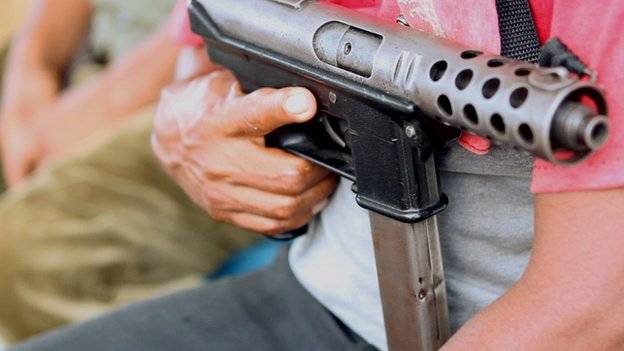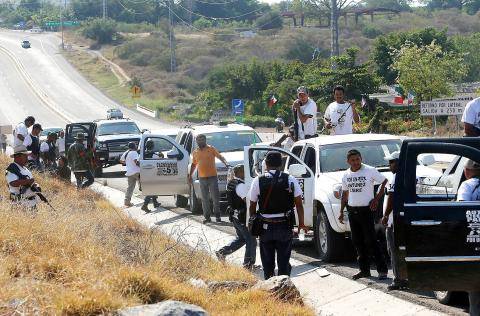By Alex Gore'Community police' arrest former director of security in Tierra Colorado
They allege he took part in killing of their leader, 28, for criminal cartel
State prosecutors agree to investigate official's links to organised crime
Vigilantes have been stopping traffic at checkpoints and searching homes
Tourist injured after vigilantes opened fire because he failed to stop his car
Takeover comes amid growing 'self defence' movement against cartels
PUBLISHED: 04:16 EST, 28 March 2013 | UPDATED: 11:45 EST, 28 March 2013
Read full story @ Vigilantes seize town in Mexico and shoot at tourists after 'commander' is killed | Mail Online with additional links @ MyWebSearch
Will that happen here?








